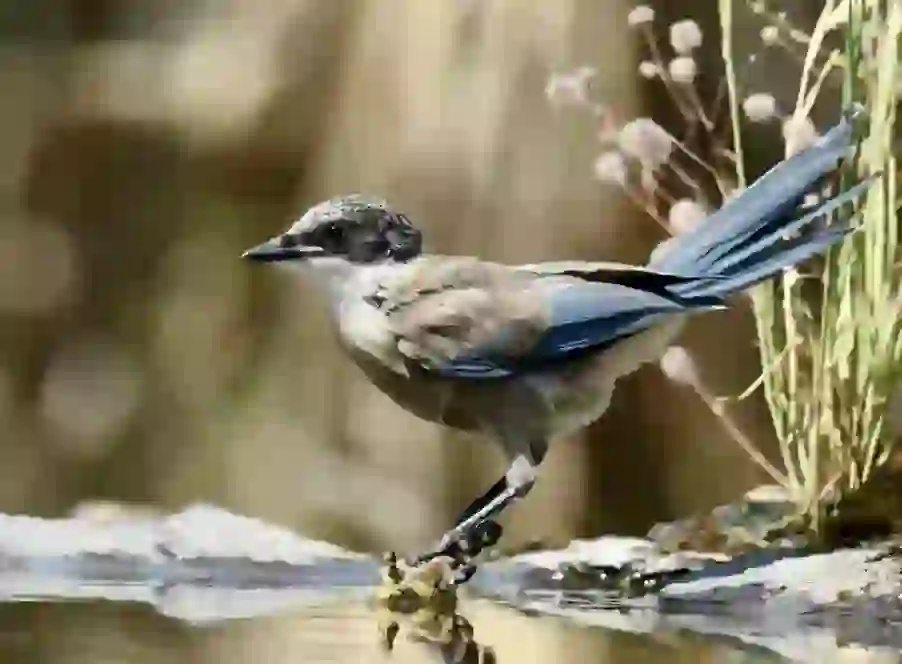
Azure-winged Magpie
Azure-winged Magpie
Azure-winged Magpie
Are you familiar with the Azure-winged Magpie? In eastern parts of Honshu, Japan, it may be a common sight, whereas in the west and in Kyushu, it might be less known. The Azure-winged Magpie's familiarity varies significantly by region within Japan, but why is that? Let's dive into more about this bird, including this curiosity.
Azure-winged Magpie Basic Infomation

Order: Passeriformes, Family: Corvidae, Genus: Cyanopica
Total length: 34-39cm
Tail length: 20-23cm
The Azure-winged Magpie inhabits the Eurasian continent, including eastern Russia, eastern China, Japan, East Asia, and somewhat isolated, the Iberian Peninsula. This bird is sedentary, not migrating with the seasons, and stays in the same place. However, looking at the map, their habitats are separated east and west, and not contiguous. Within these regions, their exact living spots vary. For instance, in Japan, they are rarely seen in Kyushu or Kansai but are common and familiar birds in Kanto and Tohoku.
As its name suggests, the Azure-winged Magpie has a tail that accounts for more than half of its body length. Its head is black, and its body a beautiful mix of gray and blue, earning it descriptions like 'wearing a black hat.' Indeed, it looks as if it's donned in a black hat atop a gray and blue tuxedo, making for a stunning appearance. Both males and females share the same coloration, making it hard to distinguish between the two by looks alone.
Interestingly, despite its beautiful coloration, the Azure-winged Magpie belongs to the crow family. It's hard to believe that such a colorful bird is related to the all-black crow.
Azure-winged Magpie Q&A

What's in a name for the Azure-winged Magpie?
As you might have guessed, the name 'Azure-winged Magpie' comes from its long tail.
Yes, it's quite straightforward. The name directly points to its prominent tail. Despite its beautiful blue coloration also being a distinctive feature, the naming focuses solely on its tail length.
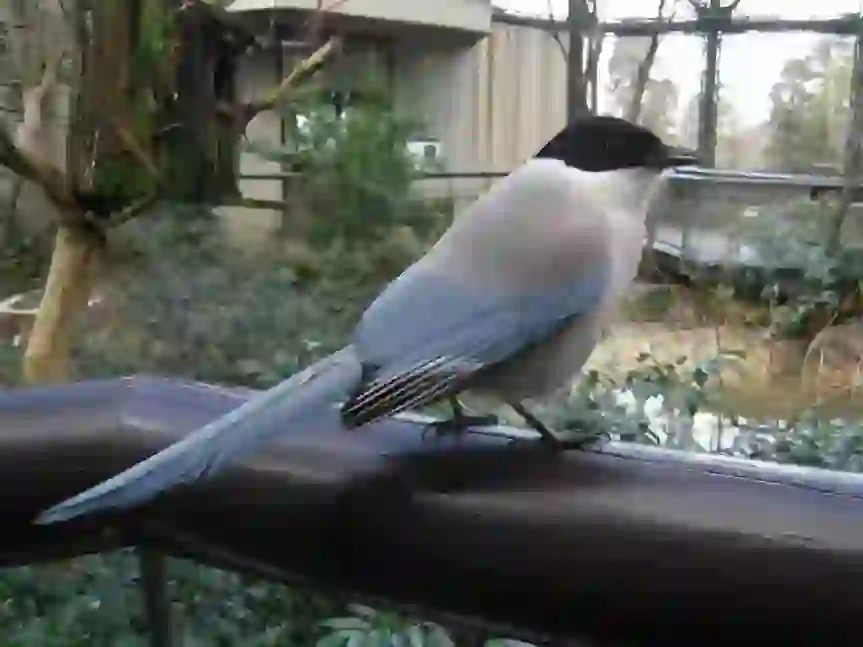
Why does the Azure-winged Magpie live there?
Azure-winged Magpies inhabit brightly lit forests and bamboo groves on low mountains, often choosing woods adjacent to residential areas, living in close proximity to humans. They can be seen perching on fruit trees in gardens, showing how close their relationship with humans can be.
They live in groups, ranging from about 17-35 birds, possessing territories but seemingly indifferent to human boundaries. They may even visit yards or balconies to feed if food is available, recognizing and coexisting with human presence.
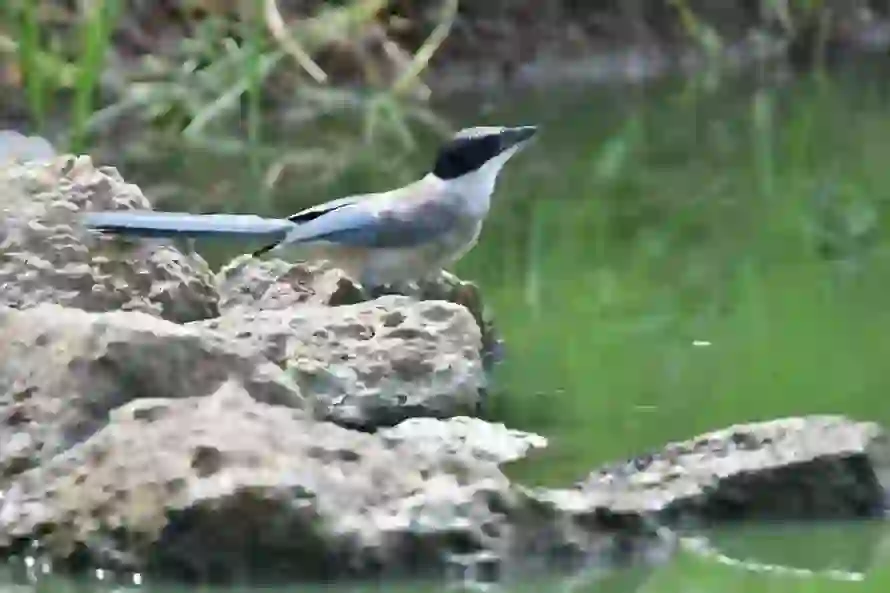
What does the Azure-winged Magpie eat?
The Azure-winged Magpie is omnivorous, feeding mainly on insects, fruits, and seeds. It's also known to raid nests for eggs and chicks, typically targeting birds smaller than itself, which highlights the harsh reality of nature's food chain.
They forage in small groups, which allows them to find more food and spot dangers more efficiently than if they were alone.
Azure-winged Magpies are known to hoard food, gathering more than they can eat in one sitting. This behavior is similar to a family shopping not just for today but for tomorrow, ensuring they have enough to get by in case of any unforeseen circumstances.
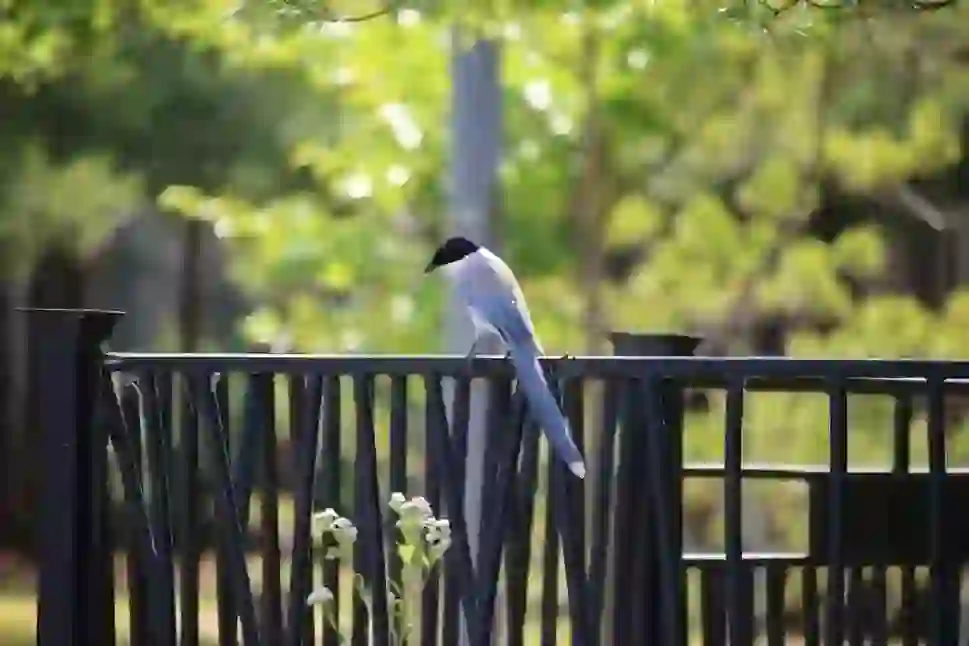
How do Azure-winged Magpies reproduce?
The female Azure-winged Magpie displays to attract a mate by spreading her wings and calling out while perched on a tree. If a male likes what he sees and hears, he approaches her with food, similar to a human offering flowers.
Once paired up, they start building a nest, usually in trees close to residential areas, using twigs. They mate for life, but incubating the eggs is the female's role. It takes about 17-20 days for the eggs to hatch, and then both parents, along with their offspring from the previous year, contribute to feeding the young, demonstrating strong group cohesion.
Interestingly, male chicks stay within the group post-fledging, while females leave to find their own partners. Chicks do not have the 'black hat' of their parents initially; they have white-spotted black plumage on their heads and shorter tails but grow into their full elegant plumage as they mature.

Is it true that Azure-winged Magpies raise Cuckoo chicks?
Cuckoos are known for laying their eggs in the nests of other birds, and the Azure-winged Magpie is one such unwitting host.
Despite the magpie's high intelligence and the ability to transmit learned behaviors across generations, it initially did not recognize cuckoo eggs as intruders. However, within about a decade, they developed strategies to deter cuckoos.
These strategies include preventing cuckoos from approaching nests and promptly removing any suspicious eggs, significantly reducing the instances of Azure-winged Magpies raising cuckoo chicks. Yet, cuckoos continue to refine their eggs to more closely mimic those of the Azure-winged Magpie, in a dynamic evolutionary arms race.
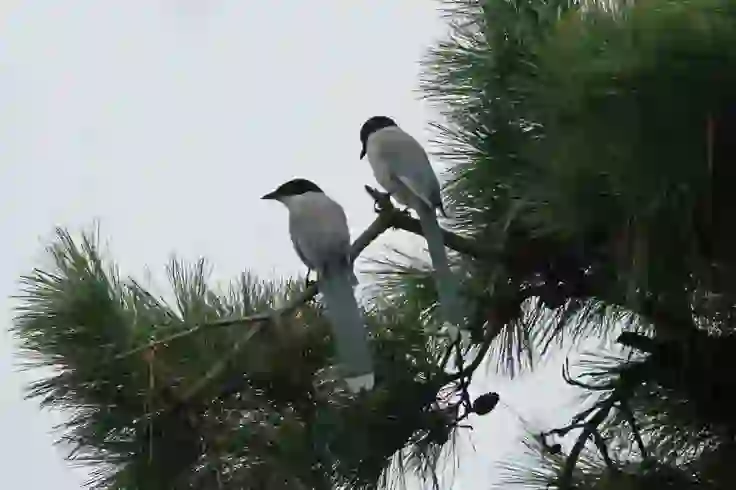
What are the natural predators of the Azure-winged Magpie?
Predators include larger birds of prey like eagles, hawks, and owls, with crows being a major threat, mainly targeting eggs and chicks. To protect their nests, Azure-winged Magpies initially nested near Japanese Sparrowhawks, which deter crows. However, the growing urban crow population has become accustomed to sparrows, diminishing this protective measure. As a result, Azure-winged Magpies have had to find new strategies to protect their offspring from these and other threats.

Would you like to become a part of the 'Animalbook.jp'?
Turn your knowledge into Q&A and share it with the world. ※Publication will be activated after purchase. Let's share information together!
Azure-winged Magpie Type of List
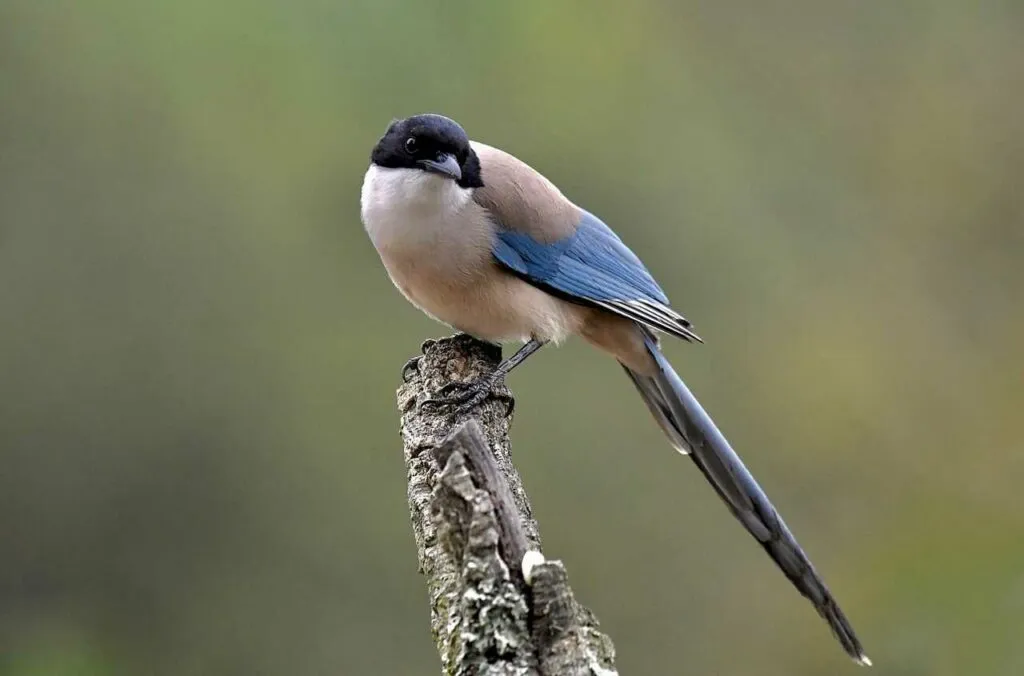
- Azure-winged Magpie
Information
Congratulations! You are the first commenter!

Create Your Favorite List!
Azure-winged Magpie
Save the animals you love! Build your own list to quickly revisit your favorites later.

Would you like to leave a comment?
※Please note: This is for the purchase of rights to post comments within the article.
Find Your Favorites!
Our shop offers a unique and attractive selection of goods themed around various animals.
Azure-winged Magpie References

- Wikipedia https://ja.wikipedia.org/wiki/オナガ
- サントリーの愛鳥活動 https://www.suntory.co.jp/eco/birds/encyclopedia/detail/1401.html
- CANON BIRD BRANCH PROJECT 生物多様性の取り組み https://global.canon/ja/environment/bird-branch/photo-gallery/onaga/index.html
- BIRD FAN https://www.birdfan.net/cyanopica_cyanus/
- pepy ペットライフを楽しくする情報メディア https://er-animal.jp/pepy/21975
- ネイチャーエンジニア いきものブログ https://www.nature-engineer.com/entry/2021/03/28/090000
- Pet Pedia https://petpedia.net/article/768/azure_winged_magpie
- 世界の鳥の生態図鑑 https://sekainotori.com/1083.html#i-2
- 鳥ペディア https://bird-pedia.com/archives/140
- 「庭の花」「いつか見た花」そのうち「近所の花、近隣の花、旅先の花、季節の花」も------花盛屋敷からの花便り http://hanamoriyashiki.blogspot.com/2011/08/blog-post_20.html
- 動物JP http://xn--hhru84e.jp/onaga/
Azure-winged Magpie Introduction of media used

出典:https://commons.wikimedia.org/wiki/File:Cyana_Onaga.jpg

出典:https://pixabay.com/images/id-3234531/

出典:https://pixabay.com/images/id-7235282/

出典:https://pixabay.com/images/id-3274590/

other
出典:https://commons.wikimedia.org/wiki/File:Cuculus_canorus_egg.JPG

enemy
出典:https://unsplash.com/ja/写真/4_axlytIqFs
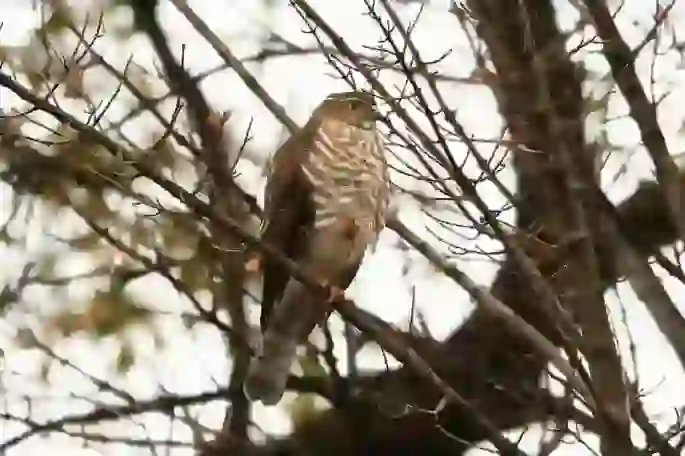
enemy
出典:https://commons.wikimedia.org/wiki/File:ツミ.jpg
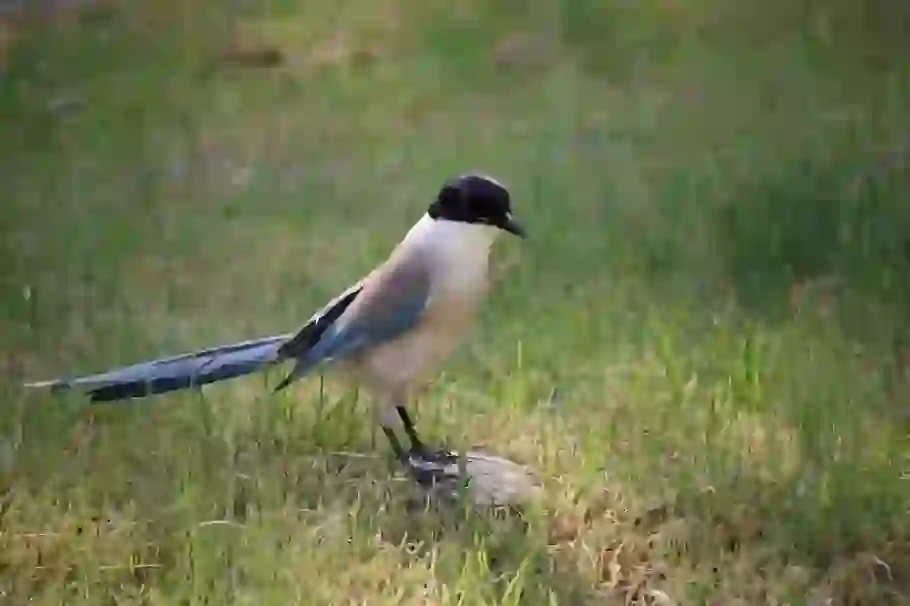
出典:https://pixabay.com/images/id-7235281/
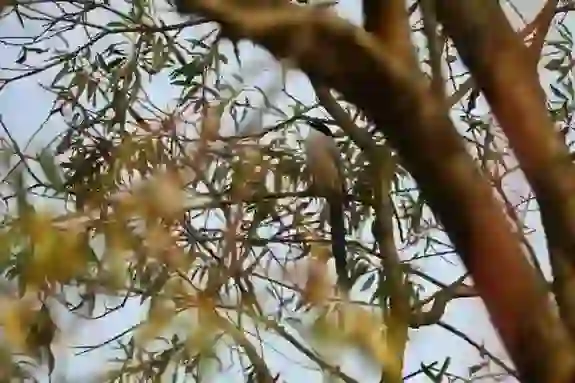
出典:https://pixabay.com/images/id-7586137/
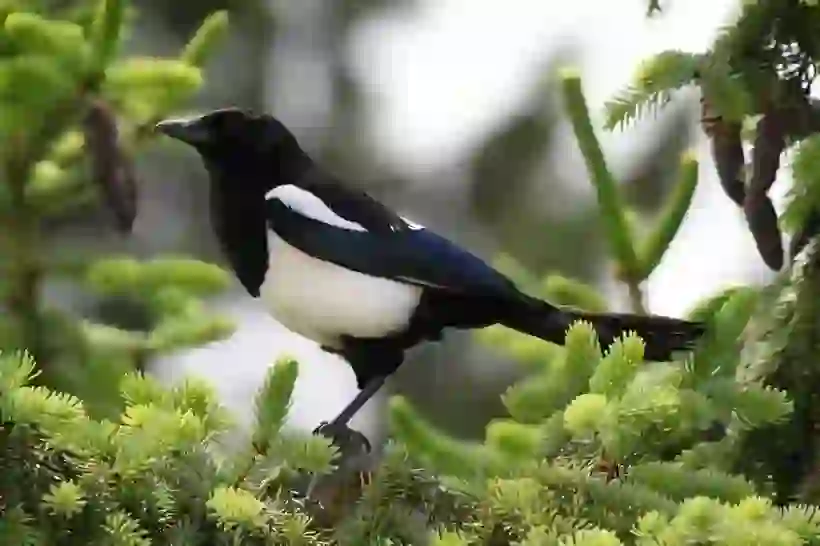
similar
出典:https://pixabay.com/images/id-115503/

Help Enrich Our Animalbook.jp with Your Media!
We are constantly looking to expand and enrich our Animalbook.jp with amazing photos and videos of animals. If you have any media that you'd like to share, please contribute and help us showcase the beauty and diversity of the animal kingdom. Your submissions will be credited and featured in our encyclopedia, reaching a wide audience of animal lovers.
















